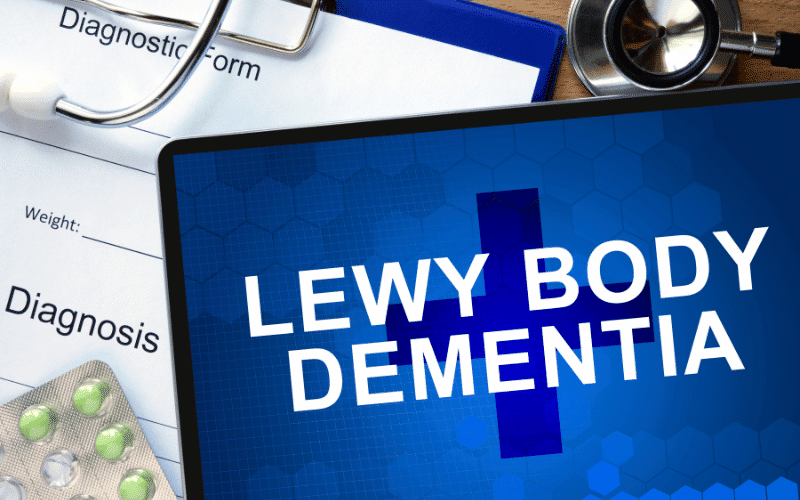FAQs about Lewy Bodies Dementia (DLB)
Advertisements
 Advertisements
Advertisements
1. Is Lewy Bodies Dementia (DLB) hereditary?
While most cases of DLB occur sporadically, there have been instances where the disease appears to run in families. Research suggests that a small percentage of cases may be linked to mutations in certain genes, but more research is needed to fully understand the role of genetics in DLB.
2. How is Lewy Bodies Dementia (DLB) different from Alzheimer’s disease?
DLB and Alzheimer’s disease are both types of dementia, but they have different symptom profiles and underlying pathology. DLB is characterized by fluctuating cognition, visual hallucinations, and parkinsonian motor symptoms, whereas Alzheimer’s disease primarily involves progressive memory loss.
3. What is the life expectancy of someone with Lewy Bodies Dementia (DLB)?
On average, the lifespan following diagnosis is approximately 6-12 years. However, the lifespan can vary widely and is influenced by a multitude of factors, including the severity and progression of symptoms, the presence of comorbid conditions, and the individual’s overall health status.
4. Can Lewy Bodies Dementia (DLB) be cured?
As of now, there is no cure for DLB. However, there are treatments available to manage the symptoms and improve the quality of life for people living with DLB.
5. Can Lewy Bodies Dementia (DLB) be prevented?
Currently, there are no known ways to prevent DLB. However, leading a healthy lifestyle, including regular exercise, a balanced diet, and maintaining mental and social activity, can help promote brain health.
6. What is the best treatment for Lewy Bodies Dementia (DLB)?
There is no one-size-fits-all treatment for DLB. The best treatment approach is individualized and involves a combination of pharmacological interventions, non-pharmacological interventions, and caregiver support.
Conclusion: Decoding the Complexities of Lewy Bodies Dementia (DLB)
In conclusion, Lewy Bodies Dementia is a multifaceted and complex condition characterized by a variety of cognitive, motor, and psychiatric symptoms. The distinct symptom profile, intricate pathology, and close link to other neurological conditions like Parkinson’s disease make it a fascinating area for ongoing research.
Despite the challenges it poses, a comprehensive and nuanced understanding of DLB can lead to improved diagnostic accuracy, more effective treatment strategies, and enhanced care for those affected by this condition. As we continue to delve deeper into the intricacies of DLB, we are hopeful that our growing knowledge will pave the way for novel therapeutic approaches and ultimately, a cure.
Through patient-centered care, caregiver support, and the integration of pharmacological and non-pharmacological treatments, individuals with DLB can maintain their quality of life and continue to find joy and fulfillment in their daily experiences. Therefore, while the journey with DLB may be challenging, it is not one that needs to be walked alone. With continued research, compassionate care, and a committed approach, we can illuminate the path forward for those living with DLB.